Marble stadium of the first Olympic Games
Categories: Europe | History | Sport
By Pictolic https://pictolic.com/article/marble-stadium-of-the-first-olympic-games.htmlOn April 6, 1896, the first modern Summer Olympic Games began in Athens. These Games were quite different from those we are used to watching on TV. Nobody followed the nationality of the participants, there was no Olympic flame and no gold medals.
The ancient Greek games at Olympia were held about three hundred times between 776 BC and 394 AD. The first modern Olympic Games were held in 1896 in Athens. And not just anywhere, but at the marble Panathenaic Stadium (also Panathinaikos, Panathinaiko Stadio) in the very center of the capital. By the 19th century, almost nothing remained of the ancient arena, but there was someone who financed a large-scale reconstruction. We are going to the place where the most significant sports competitions have been revived…
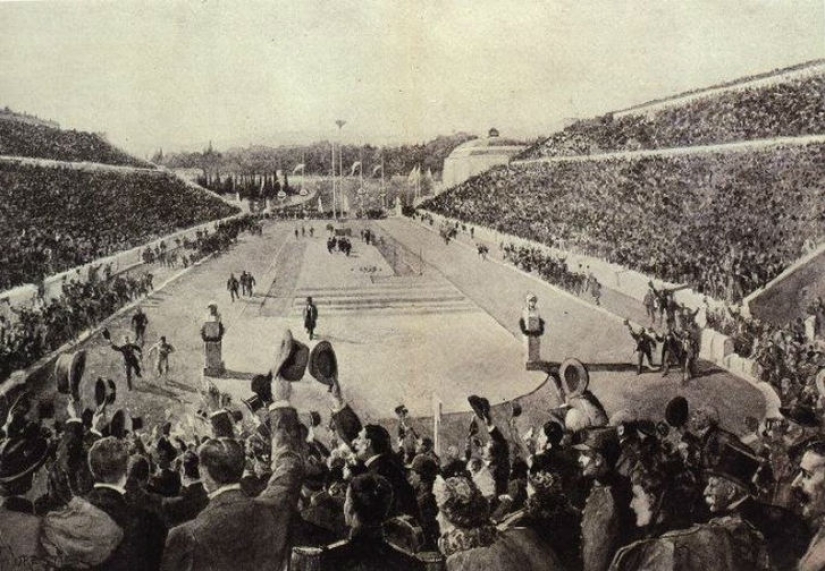
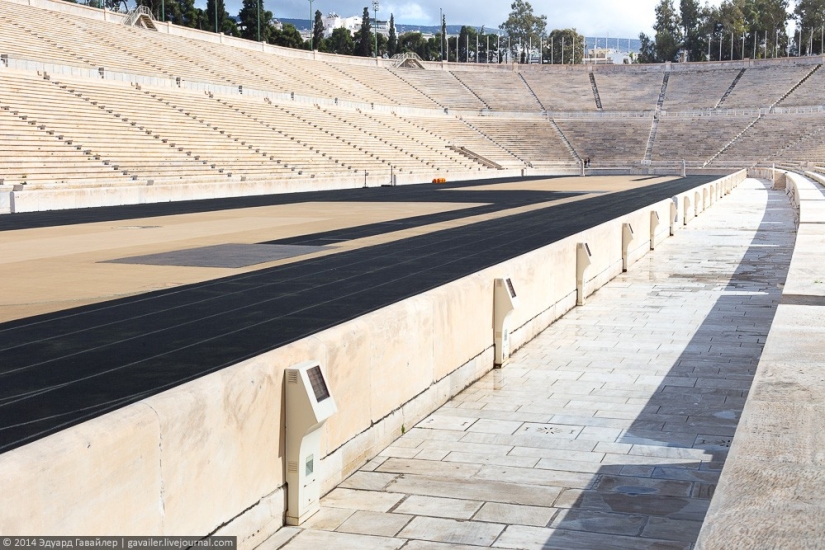
So, at the end of the nineteenth century, for the revival of the Olympic Games, a sports and public figure, Baron Pierre de Coubertin, gathers the first congress of the International Olympic Committee. It was decided to hold the Summer Games in 1896 in Greece. Then there was still neither the Olympic flame (introduced in 1936 at the Berlin Games), nor the Olympic oath, but there was a stadium.
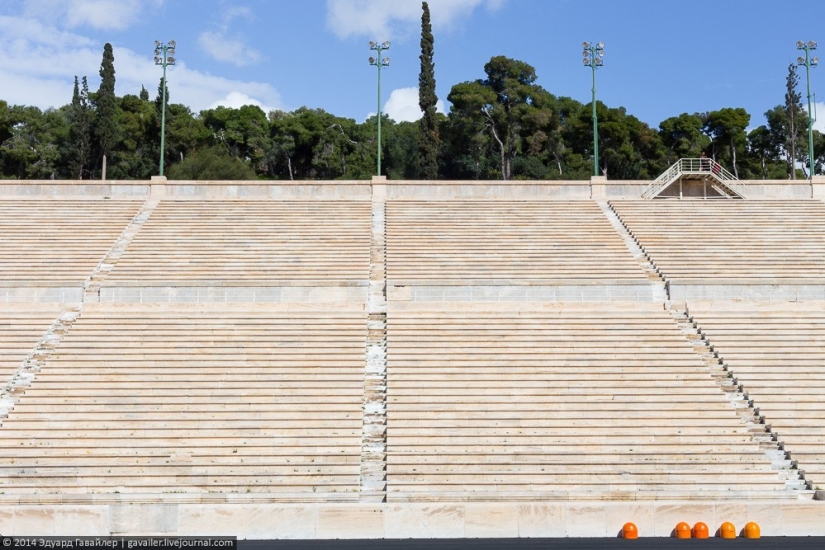
The Panathenaic stadium, which today is considered the eternal symbol of sports and culture, was built in 329 BC. the ruler of Athens, Lycurgus. It acquired its unique feature a little later, after 500 years. During the Roman period, the arena was entirely covered with white marble from Mount Pentelikon. The same marble was used to build the great buildings of the Acropolis.
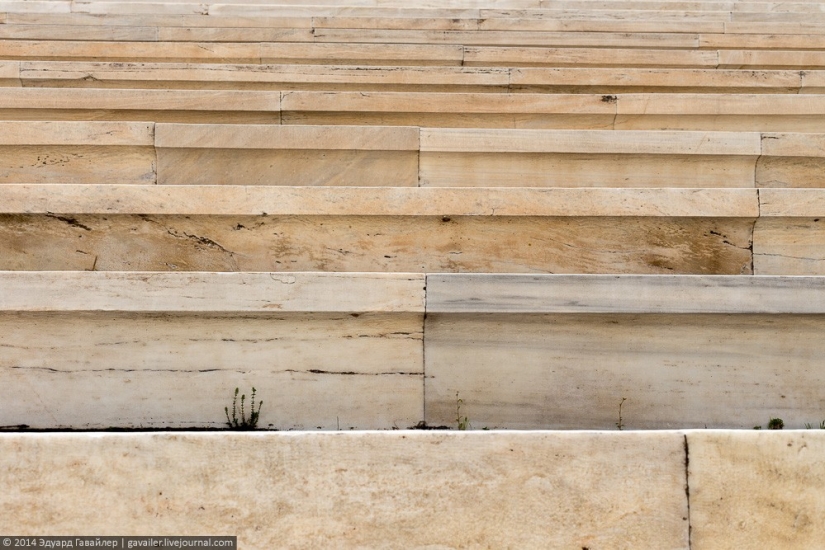
Pentelian marble is distinguished by its impeccably uniform white color with a creamy tint.

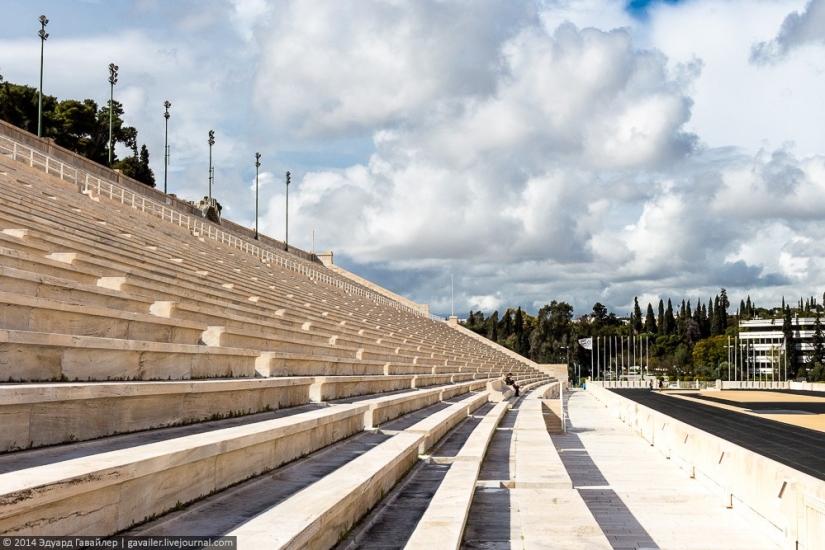
If you look closely, you can see that several places in the first row are different from the rest. These are two marble thrones on which the kings sat.
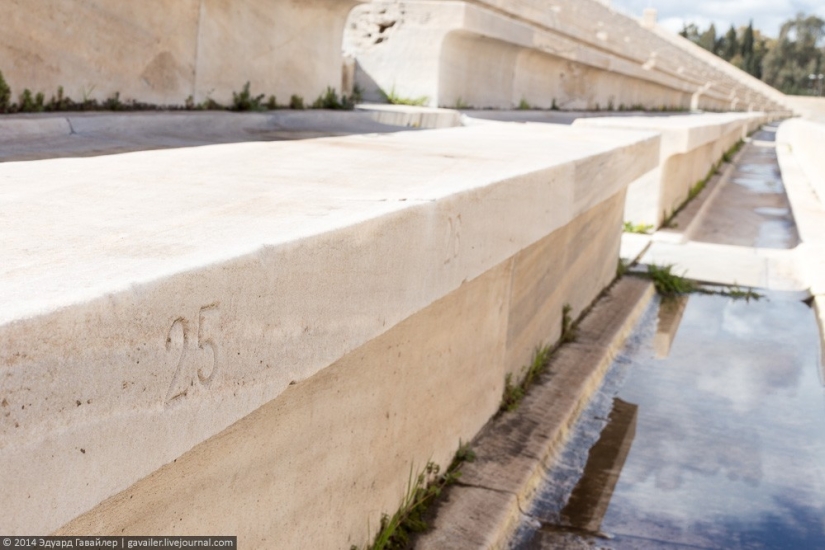
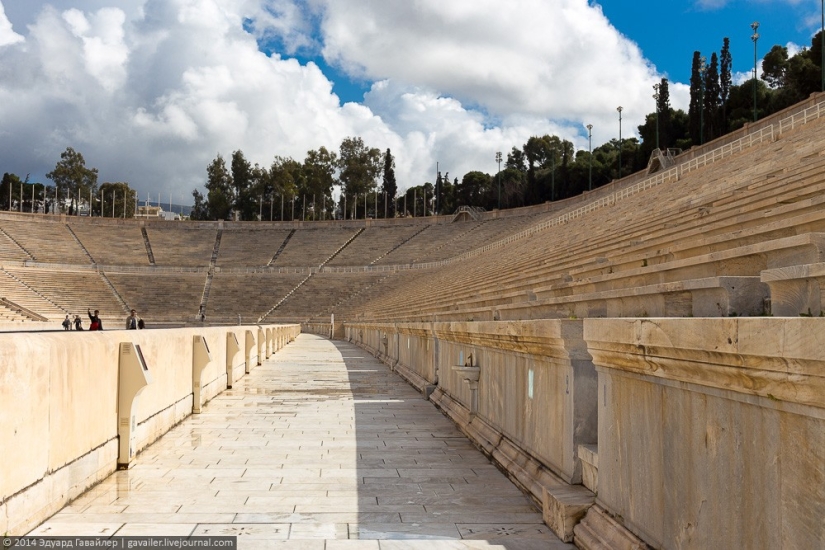
The rounded part of the stadium is called "sfendona".

By the way, have you noticed the shape of the stadium? In the form of an elongated horseshoe.
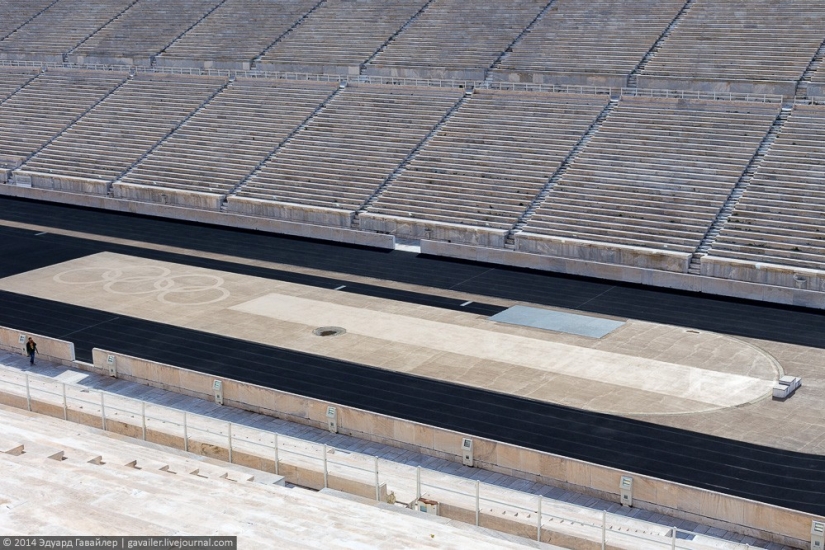
According to some reports, the stadium could accommodate 50,000 spectators.
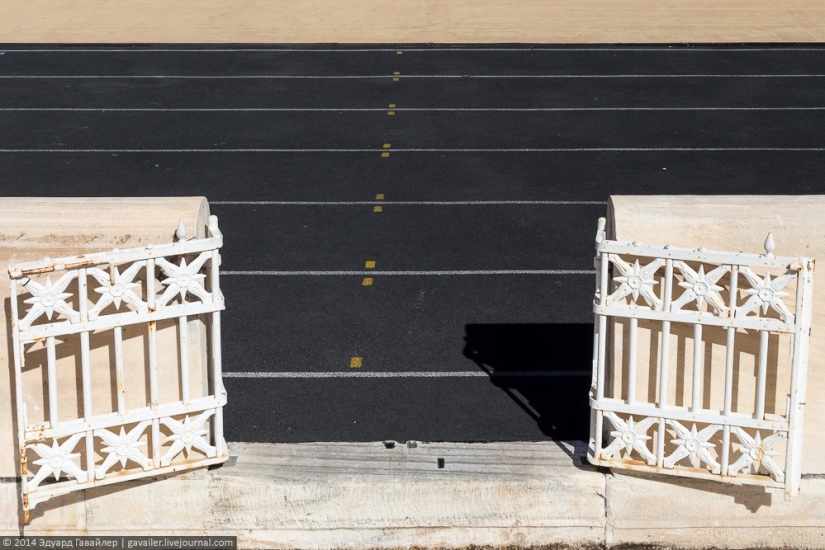
And this cave, from which gladiators entered the arena in ancient times, hides magical powers. Young Athenian women gathered here at night, lit a fire in the center of the cave and started drinking libations with bread, honey and almonds. They believed and believed that the better the ritual was performed, the better the husband they would find. After drinking, the girls took off their clothes and danced naked. At the same time, adult women guarded the entrance to the cave (you never know).
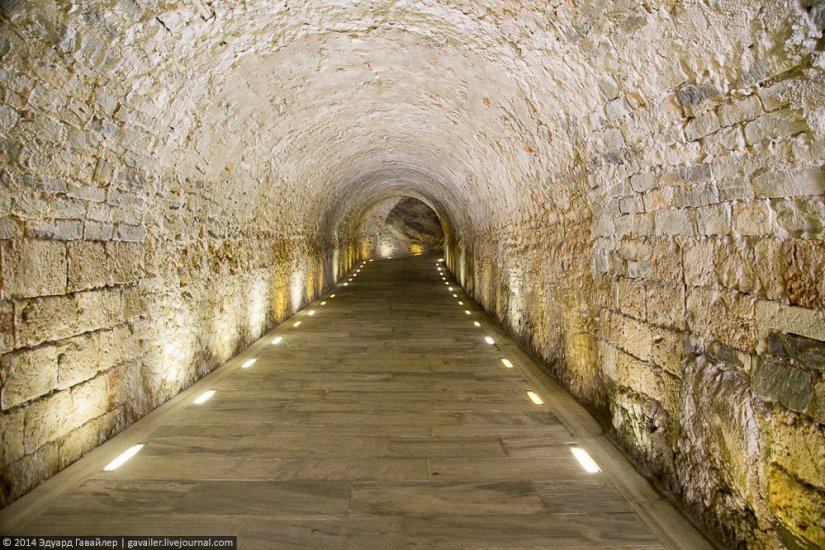
Now there are rooms in the depths of the cave. Here are the originals of all the torches of the Olympic Games.
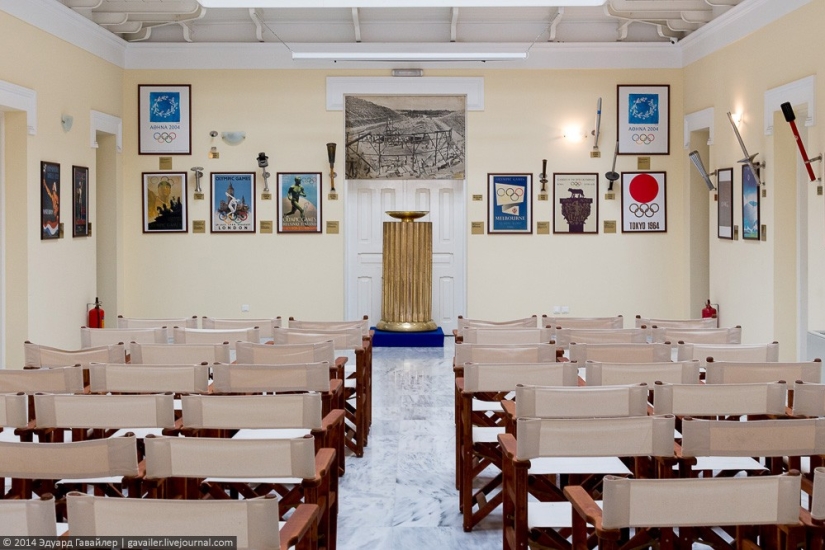
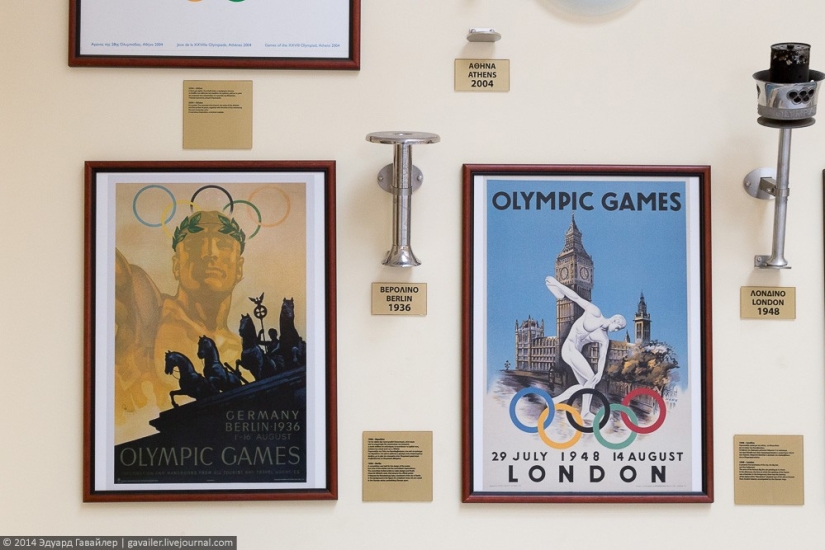
The period of decline of the stadium begins with the advent of Christianity at the end of the 4th century. The stadium falls into disrepair, light marble is used as a building material in the construction of Athenian churches and houses. Once the territory of the arena was also used for agricultural purposes.
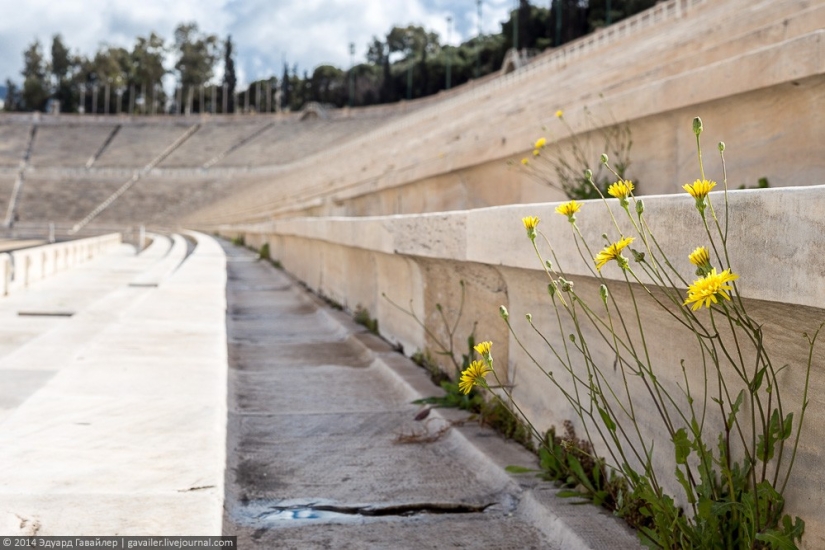
In the 19th century, the stadium began to be reconstructed. And in 1896 he hosts the I Olympiad.

In 2004, the stadium is one of the venues for the XXVIII Summer Olympic Games in Athens.
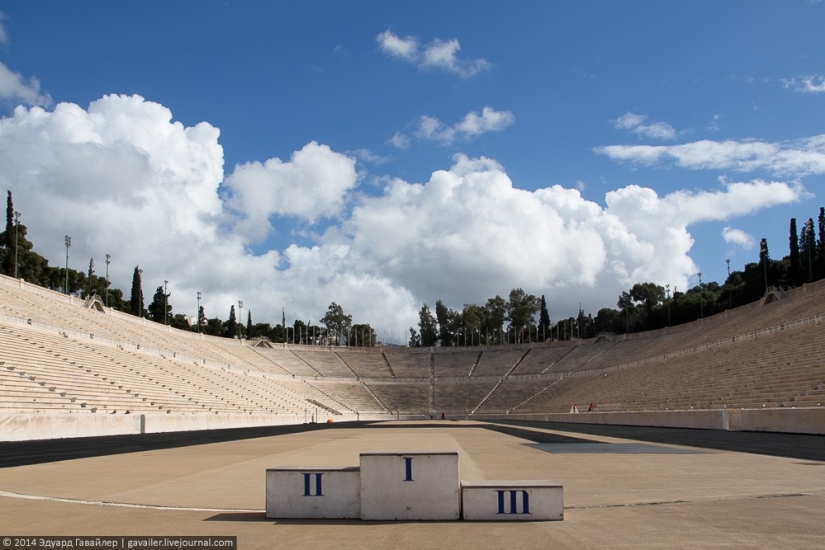
View from the stadium to the Acropolis.
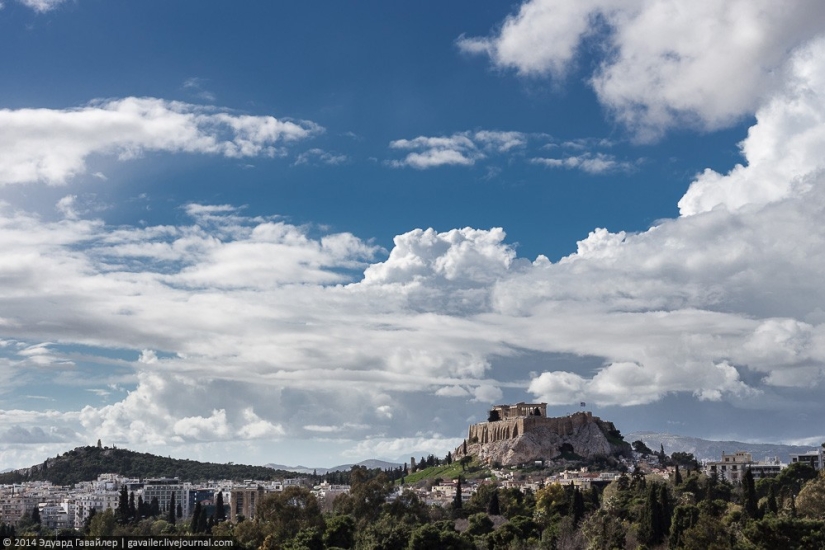
View from the arena to the highest point in Athens - Mount Lycabettus (aka Lycabettus, Lycabettus, Λυκαβηττός).
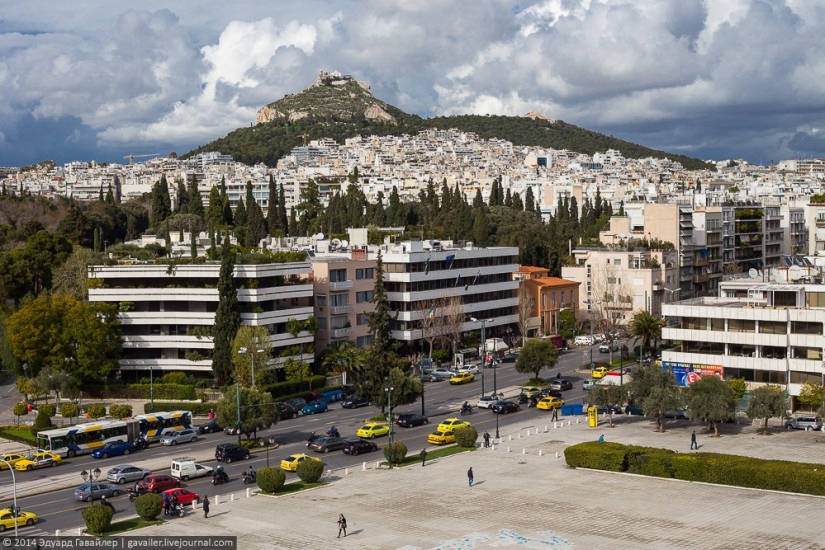
Friends, victories to you in everything you live and do!
Keywords: Athens | Marble | Olympic games | Stadium
Post News ArticleRecent articles

Most of us think that the color of the eggshell does not play any role and it is possible not to pay attention. But it's not and ...

The more we rely on technology, the more potential power hackers gain over us. It doesn't matter if their goal is to help or cause ...
Related articles

We often have our heads in the clouds and forget that there is a lot of beautiful and interesting things below, under our feet. ...

Huge paintings on the walls of the authorship of the Polish artist Dimitris Taxis admire the scale and perfect technique. They ...

Priceless historical monuments and famous cities of the world were once completely ordinary, indistinguishable from other ...

Creating a good portrait is one of the most difficult tasks for any photographer. In order to make a really natural and memorable ...